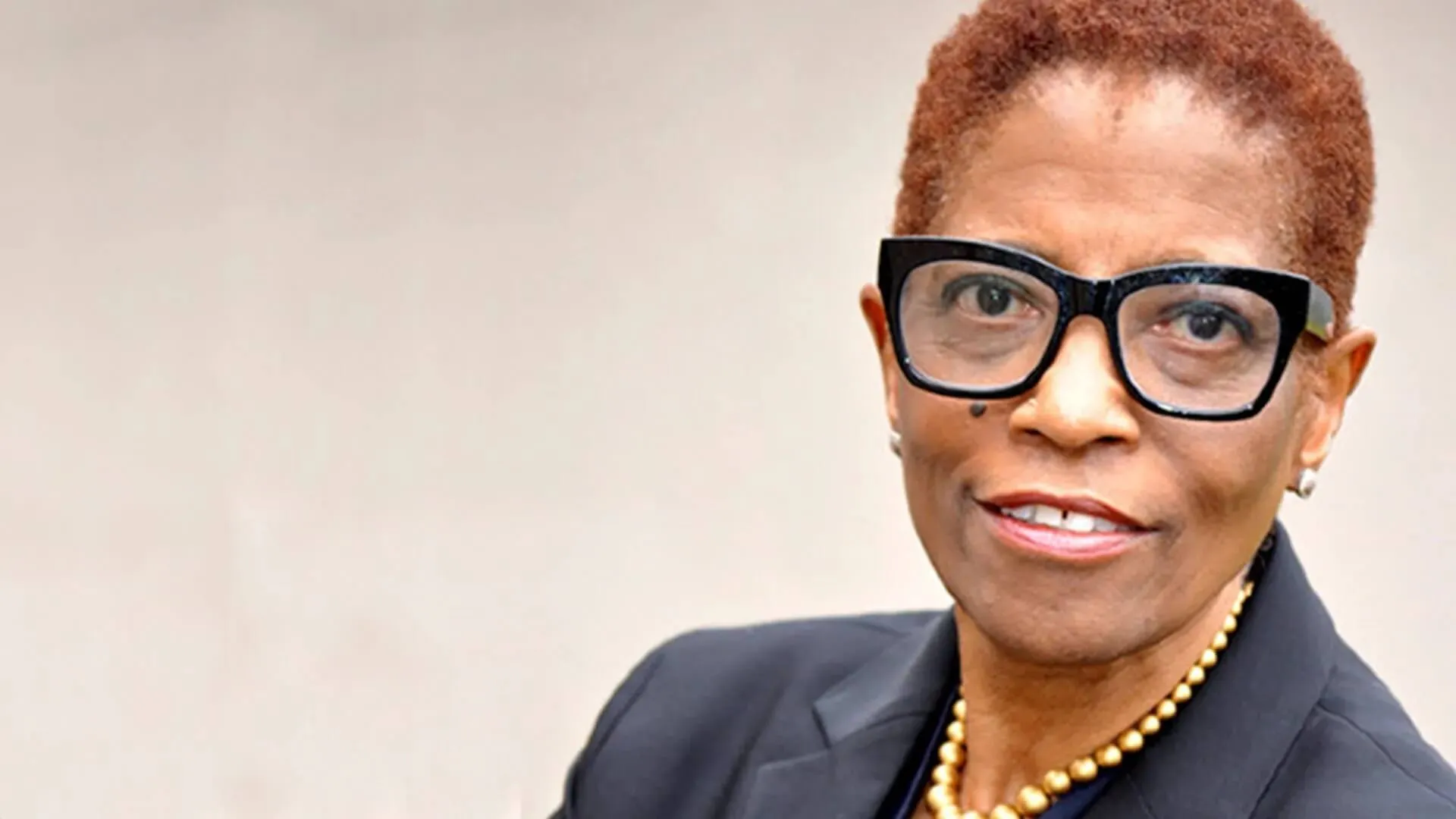In this Q&A, Dean Anderson discusses the role of health equity within CNHS and how the Health Equity Summit’s themes, ranging from culturally responsive care to policy reform and community empowerment, align with the college’s mission to prepare compassionate health leaders.
Q: How does participation in the summit align with the college’s mission and vision around health equity?
Noma Anderson: The Health Equity Summit is a 'collaborative space for healthcare professionals, community leaders, researchers, advocates, and changemakers to come together in pursuit of a more just and equitable future.' That relates to the College of Nursing and Health Sciences’ mission and vision because we are educating our students to be leaders and to have agency in fostering a just and equitable future of healthcare. We examine the root causes of health disparities and explore collaborative solutions. We work together to advance equity, so it aligns very closely with how the college defines itself, producing future leaders working toward health equity in communities globally.
The impact that the Health Equity Summit has on students, faculty, and the broader community is that we get to know each other better. We meet new people, network with those we've met at previous summits, and energize each other. It's a renewal of our commitment to health equity.
Q: How is health equity embedded into the College of Nursing and Health Sciences curriculum, research, and community engagement efforts?
NA: When you look at our Public Health Sciences program, that curriculum is strongly aligned with community engagement and health equity. All of our programs introduce students to the concept of social drivers of health, rather than just social determinants. Without that awareness, our students, once they become practitioners, would be operating in a vacuum, an awareness vacuum.
Q: How has health equity been a part of your career?
NA: All of my career has focused on health and academic equity: educating and emphasizing communication and cultural dynamics within a multicultural landscape. My professional journey has centered on educating students to be leaders in this arena of communication sciences and disorders, and I’m so proud of them. As they’ve landed in schools, hospitals, and clinics across the country, they advocate for persons whose communication and culture differ from mainstream America.
When I see them at the American Speech-Language-Hearing Association (ASHA) convention, it’s just amazing. Two presidents of ASHA have been my students. The person who just retired as Chief of Speech-Language Pathology at ASHA was one of my students—undergraduate and doctoral. Another student was the CEO of ASHA. I’ve had an impact through education and producing leaders.
I think about those students who needed someone to help them. I think about a student who needed help finding confidence in herself. She was in speech-language pathology, and being able to talk about having a disability, without hiding it, was transformative. In terms of student success and developing leaders, that has been most of my career.
The last time I was at the Boston Convention of the National Black Association for Speech-Language and Hearing, a former student found me. She said, “I heard you were here,” and she said, “I had to find you and thank you.”
I have felt nourished by minority-serving institutions and have contributed to the education of students at these institutions in terms of leadership in higher education. I was selected for leadership very early in my career and have learned that I am a team builder, a communicator, a good listener, and empathetic. I think those are skills that make a leader successful. They are internal qualities, and I’m grateful for being placed in leadership positions externally, but I’m also pleased to have the qualities that made me successful in those roles.
My parents’ example was that education, religion, and service are the most important endeavors. Those were their values. They never said it outright—you just saw it. They never said, “You’ve got to serve.” As an only child being taken to this and that, you just wanted to be like your parents, and that’s what I saw. So anyway, yes, that is my personal and professional journey.
Q: What advice would you give emerging leaders in academia who are passionate about health equity?
NA: I would say: do all that you can do and inspire our students to do even more.
When I was at the University of Tennessee Health Science Center, I was invited to welcome students attending an academy in the medical school. I believe they were all African American students. I looked at them and said, “Oh my gosh, it’s the future.” I said that my generation, my colleagues, had coined the term “social determinants of health,” had defined it in many dimensions, and that was our contribution. I looked at these students and said, “You all have to fix it.” We’ve brought this to you, all the research we’ve done on inequities, but it’s your responsibility to bring equity to the situations we are spotlighting.
I guess it was with George Floyd that journalists started talking about social determinants of health. They were using the words we’d been talking about for 30 years. I said, “Hallelujah.” Now that it’s in public discourse, it will bring more awareness. It’s not just academia and research talking about social determinants of health.
I want students and emerging leaders to understand that it’s complementary: we have these external factors called social drivers of health, but there are also institutional and professional barriers to health outcomes, barriers we shape by not listening, by not showing compassion, by being overly critical, by having implicit bias. Those are drivers of poor health outcomes just as much as a zip code is. Understanding our role and responsibility in shaping the patient experience is essential.
